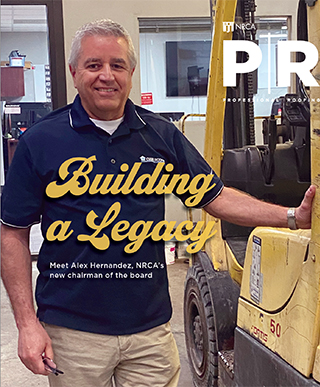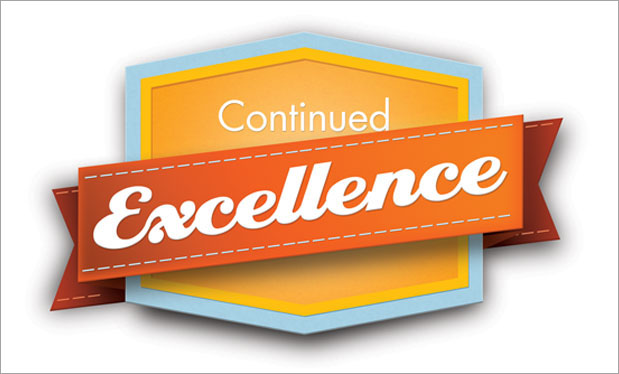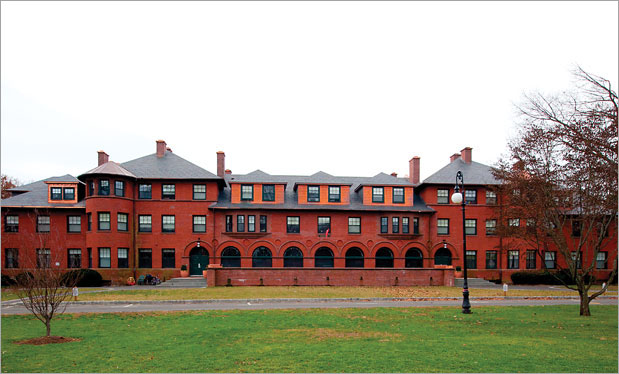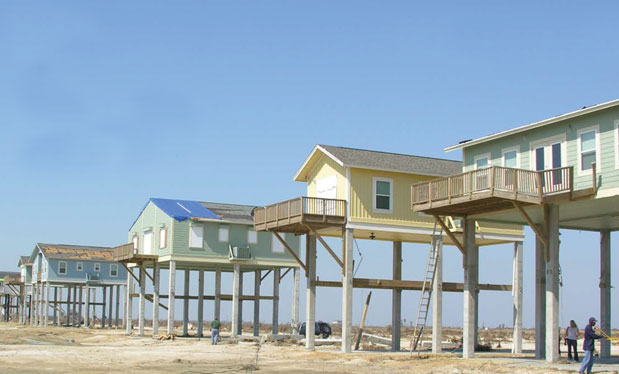You may suspect I'm a little prejudiced, but I believe NRCA does a lot of fantastic work on behalf of its members and the roofing industry. Unfortunately, some work is really difficult to quantify, especially for dues-paying members who are not actively engaged in the workings of their association. For example, how do you assign value to a bad building code change that was not implemented or to a flawed piece of legislation that was not passed? Many members, we know, look at their annual dues invoices and ask: "What's in it for me?"
This is, of course, a fair question. So we've attempted to develop a host of member benefits that not only will answer it but also will, we hope, be tangible enough to warrant your dues investment all by themselves. These benefits include:
- Free monthly webinars. Topics have included preparing for immigration law enforcement, changes in long-term thermal values of roof insulation and proposed Occupational Safety and Health Administration (OSHA) regulations on exposures to silica.
- Bimonthly issue updates. These are authored by industry experts and address current topics of importance.
- A series of new affinity programs offering cost-saving benefits to members. Affinity partners include Choice Hotels, Shell Oil, Firestone Service Centers, HomeAdvisor and DataForma to name a few. We'll be adding to the list, as well, with deals that will provide discounts on office supplies and furniture and provide special member pricing for a program that identifies publicly bid roofing projects.
But even more important is a significant change in member benefits: Effective June 1, all NRCA contractor members now automatically become members of the National Roofing Legal Resource Center (NRLRC), which means members will have access to a wide range of legal publications and legal assistance. NRLRC has developed literally dozens of contract provisions for contractors to use; it has developed an OSHA citation defense manual; it sponsors an annual seminar addressing current legal issues; and it allows members to direct routine legal questions to NRLRC staff and, when appropriate, NRLRC counsel.
This step is part of a broader move to establish an Enterprise Risk Management Department at NRCA, with the idea of helping our members better identify the risks they face in their businesses every day and ways to mitigate them. Those risks include not only legal risks but also risks related to finances, insurance, accounts receivable, safety and health, and building code compliance to name just a few. Our plan is to be able to help members address all these risks by providing direct access to expert advice. An important first step is broadening NRLRC offerings.
One day, the answer to "What's in it for me?" will be so apparent the question won't need to be asked. For now, we hope these improvements will make it clearer.
Bill Good is NRCA's executive vice president.



